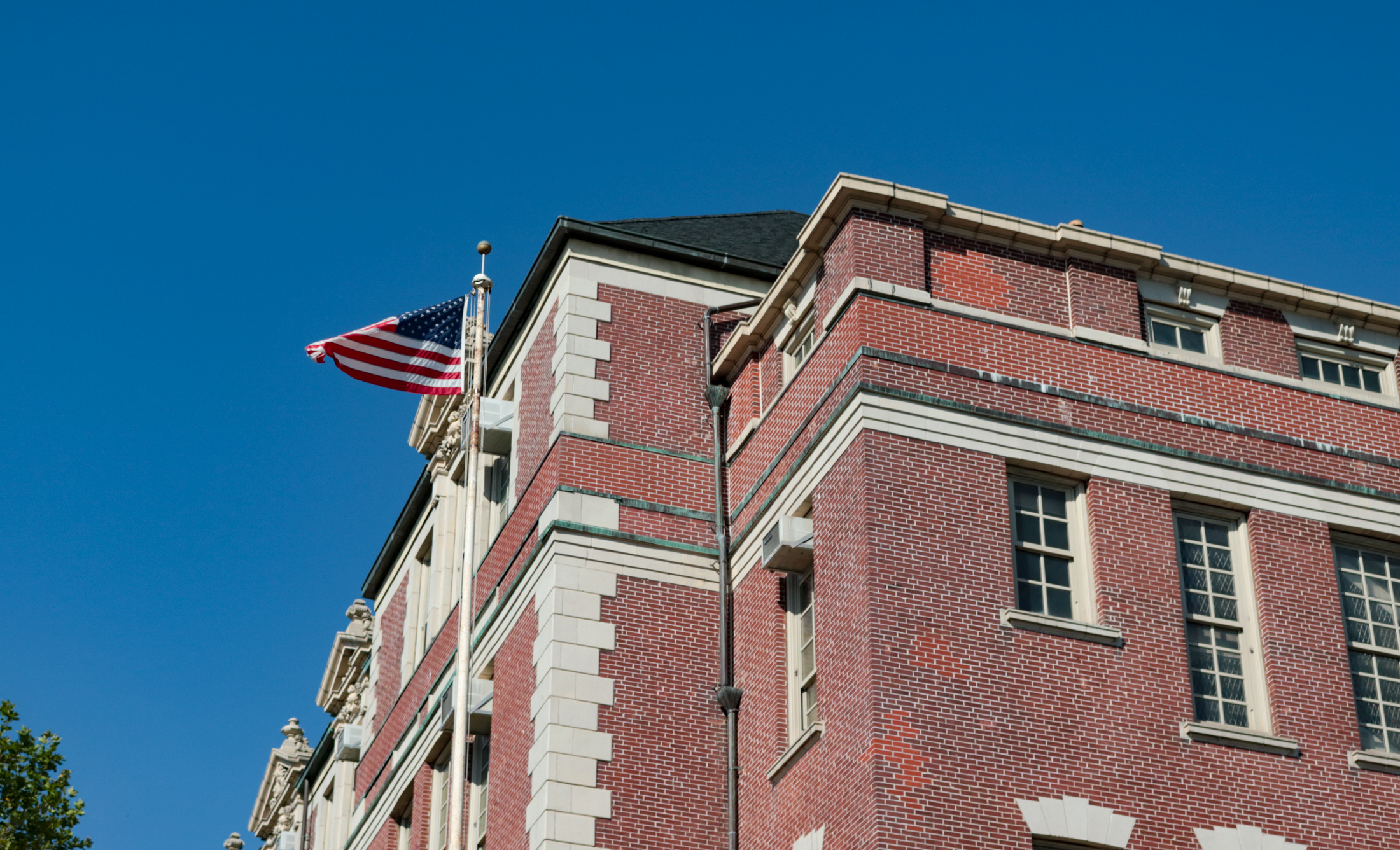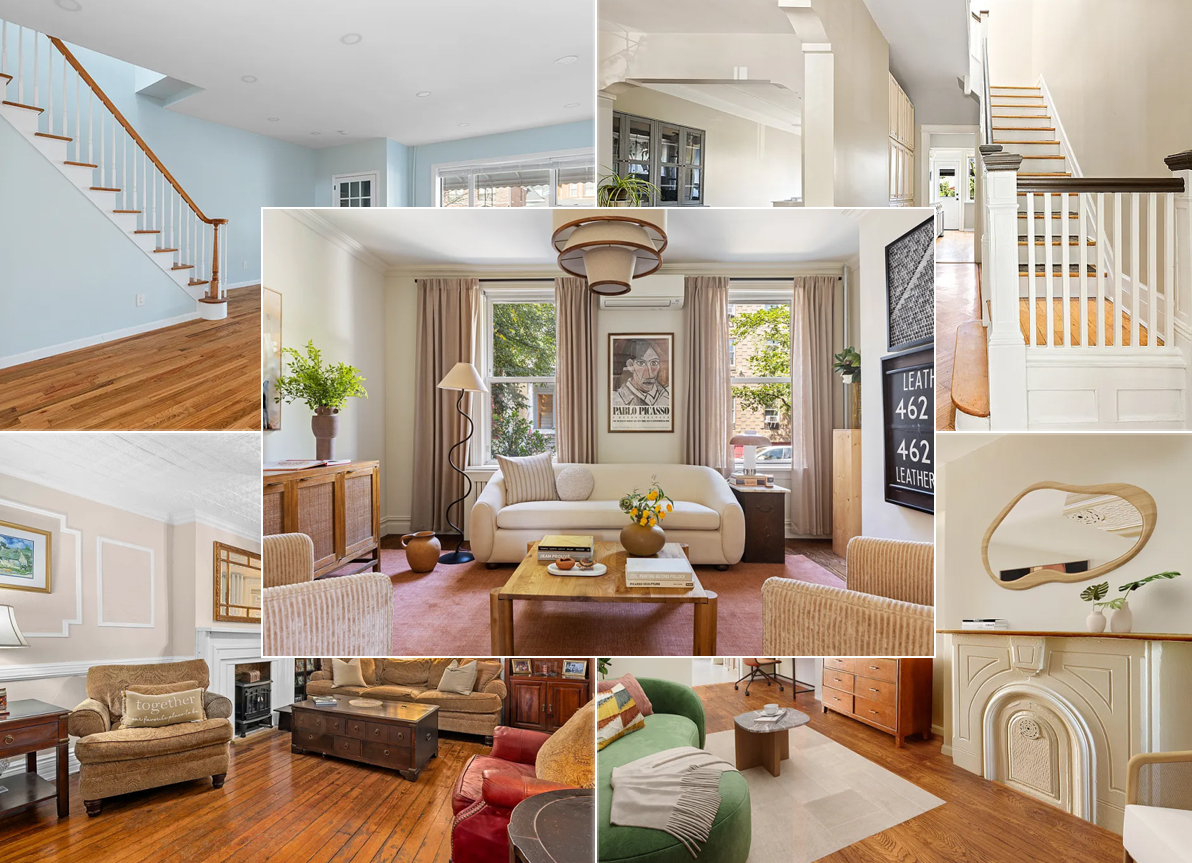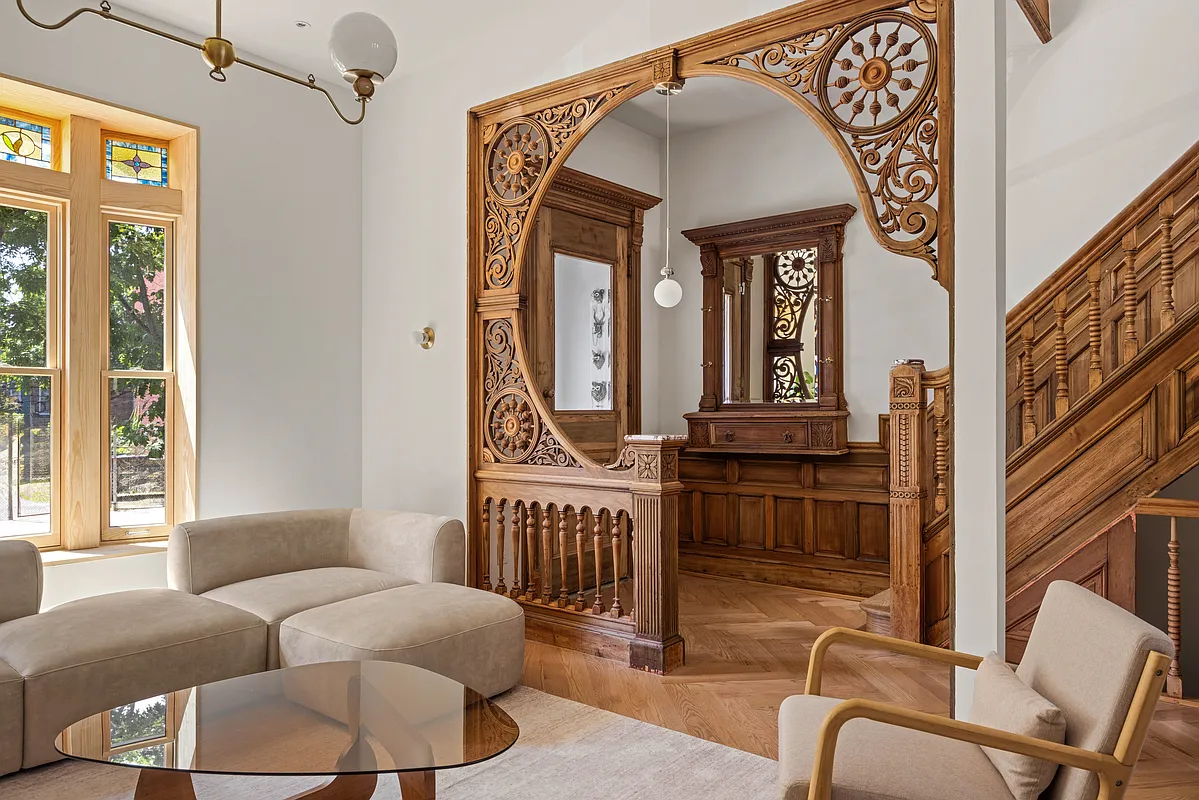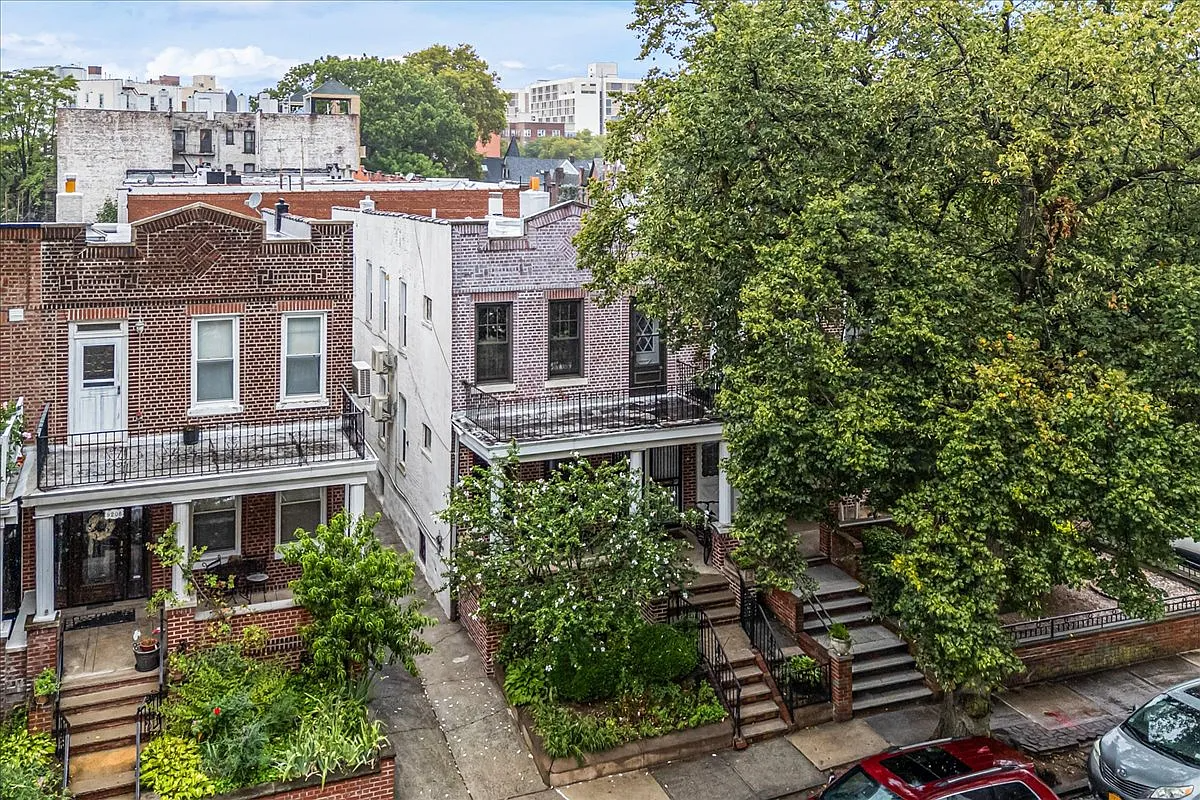Past and Present: A Highway Runs Near It
A Look at Brooklyn, then and now. As greater New York City grew, it soon became apparent that highways were needed to move goods and people through an expanding city; roads that would allow for large numbers of cars and trucks, and would bypass busy residential streets. It made sense to build a highway connecting…

A Look at Brooklyn, then and now.
As greater New York City grew, it soon became apparent that highways were needed to move goods and people through an expanding city; roads that would allow for large numbers of cars and trucks, and would bypass busy residential streets. It made sense to build a highway connecting the Long Island part of New York City; Brooklyn and Queens, with connections to Manhattan, Staten Island and the Bronx along the route. The Brooklyn-Queens Expressway was the first of the City’s parkways to be designed for both commercial and non-commercial traffic. It’s only just under 12 miles long, and was begun in 1937. The first leg of what was then called the Brooklyn-Queens Connecting Roadway connected Greenpoint, Brooklyn to Sunnyside, Queens, by way of the new Kosciuszko Bridge. It was finished in time to take Brooklynites to the 1939-1940 World’s Fair in Flushing Meadows, by means of another new crossing, the Triborough Bridge.
In 1940, the Triborough Bridge and Tunnel Authority, under Chairman Robert Moses, wanted to continue the highway south, connecting the Kosciuszko Bridge to the Manhattan and Williamsburg Bridges. Moses wanted to cut right through the neighborhoods between the two, but the highway ended up curving west, and connecting first to the Williamsburg Bridge, then the Manhattan. This leg of construction lasted until 1940, at the beginning of World War II, when both manpower and security issues, prompted by the proximity of the US Navy Yard, halted construction.
After the war, in 1946, work continued, plumped up by post-war funding. The highway was now very dear to Robert Moses, who spent a lot of time in his temporary headquarters, high up in the penthouse of the Hotel Margaret, in the Heights, where he could watch the progress below. By 1950, the second leg of the BQE was done. The third section of the highway would connect the bridges to the Brooklyn Battery Tunnel. This would prove to be the most controversial piece of roadway in Brooklyn’s history, and in the process, train a generation of activists, and give birth to the Brooklyn preservation movement.
We all know the tale, Moses ran an open pit highway straight through the working-class Italian neighborhood of Red Hook, taking out entire parts of the neighborhood, and dividing it in two. That community was powerless to stop him. When he turned his eye on Brooklyn Heights, intending to do the same thing, he met with strong, well organized opposition. These people were better off, well-connected, and highly determined to win. They came up with an alternative plan. Eventually Moses compromised, and the cantilevered triple-decked highway and esplanade; the Brooklyn Promenade, was the result. It was finished in 1954. The last sections of the highway, which ran past the Navy Yard, as well as connectors in Queens, would not be finished until 1964.
By the time the highway was finished, it was already obsolete. New designs in interstate highway planning pinpointed the many flaws in the BQE’s design, including sharp curves, too short on and off ramps, and those notorious left hand exits. Extensive and expensive remakes and repairs would go on throughout the 1980’s. Today, ambitious plans to cover the Red Hook pit have been floated about, as well as needed repairs, but no funds have accompanied the designs.
Our period photograph was taken on June 20, 1954, right before the Brooklyn Heights portion of the highway opened. The on-ramp to the highway would have been just behind the photographer, if it had even been finished, at that point. It shows the view up Atlantic Avenue, with the Williamsburg Savings Bank faintly visible in the background. The caption on the photo, which was published by the Brooklyn Eagle, says, “Modern magic on Brooklyn Heights… Mile-long fourth link of the six-link Brooklyn-Queens Expressway, from Gowanus Parkway to Brooklyn Bridge, [will be] opened to traffic Tuesday. … Looking East on Atlantic Ave. at Columbia-Furman Sts. … Expressway is being constructed by office of Borough President Cashmore. Andrews, Clark & Buckley, consulting engineers.”
The signpost on the right points drivers to the Brooklyn Battery Tunnel. Trolley wires hang above the street, and the empty lots where houses had been torn down for the highway are on the left. Those lots are still empty, and have basketball courts in them now. The block of storefront tenements on the left is the same block Montero’s Bar and Grill still stands on. They were there, in business, when this photo was taken. On the right, where a parking lot seems to be, now stands one of the new buildings in the Long Island Hospital complex. The biggest difference is underfoot; look at those cobblestone streets! GMAP







Where is Robert Moses buried?
It would be nice to occasionally go and spit on his grave.
C:
Where is Robert Moses buried?
It would be nice to occasionally go and spit on his grave.
C: